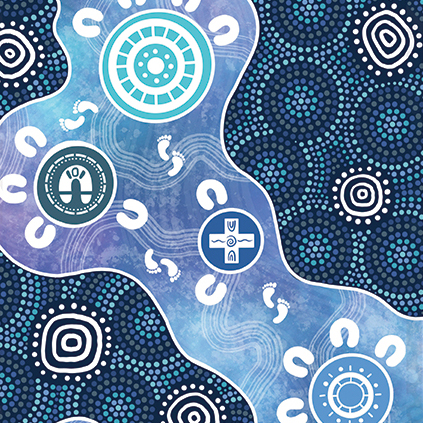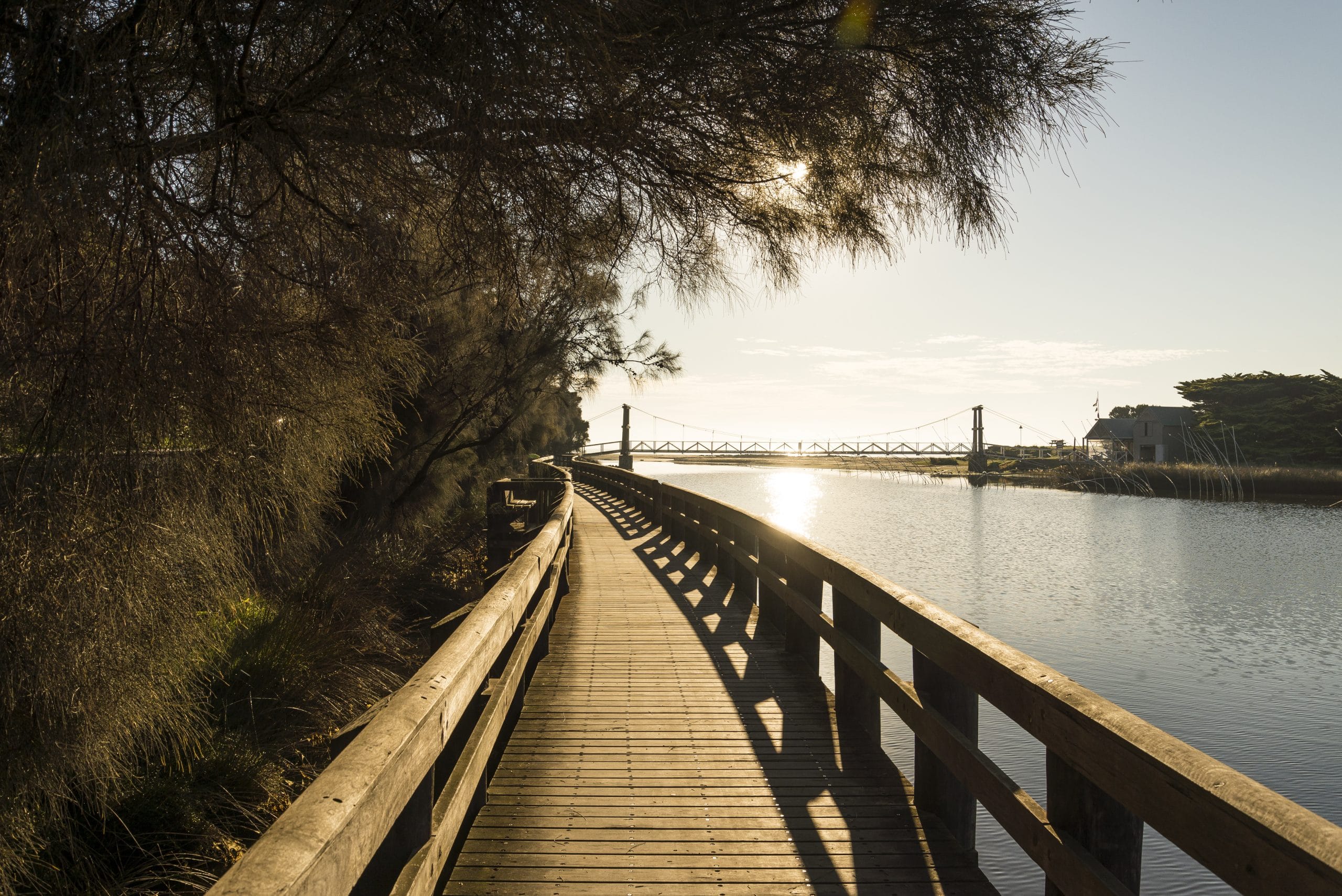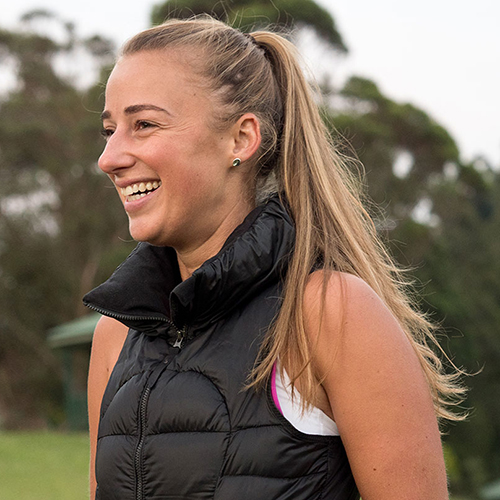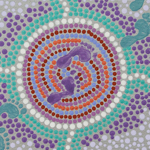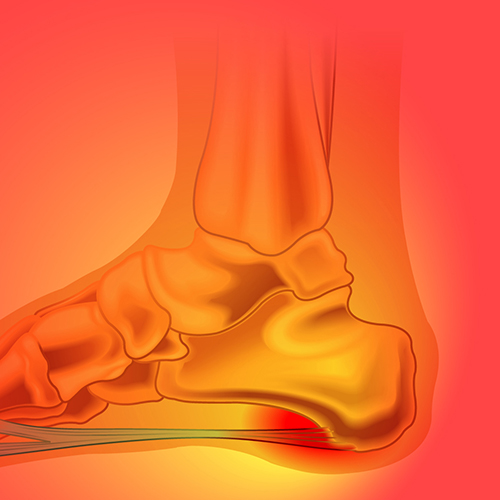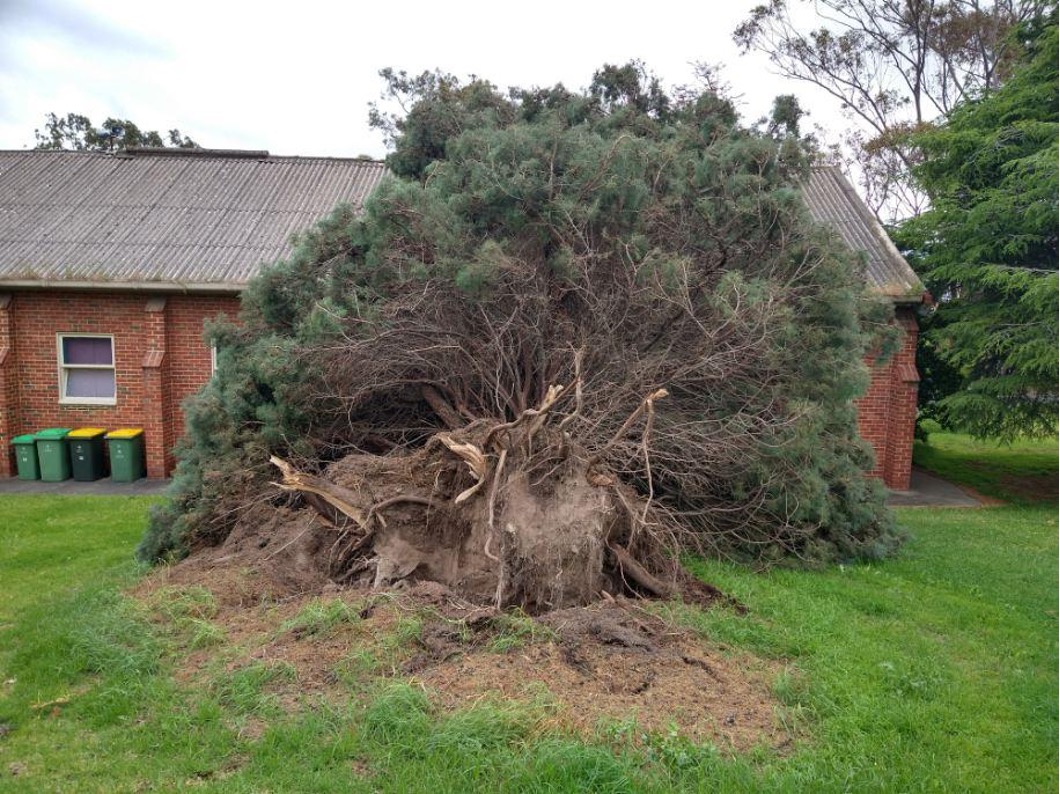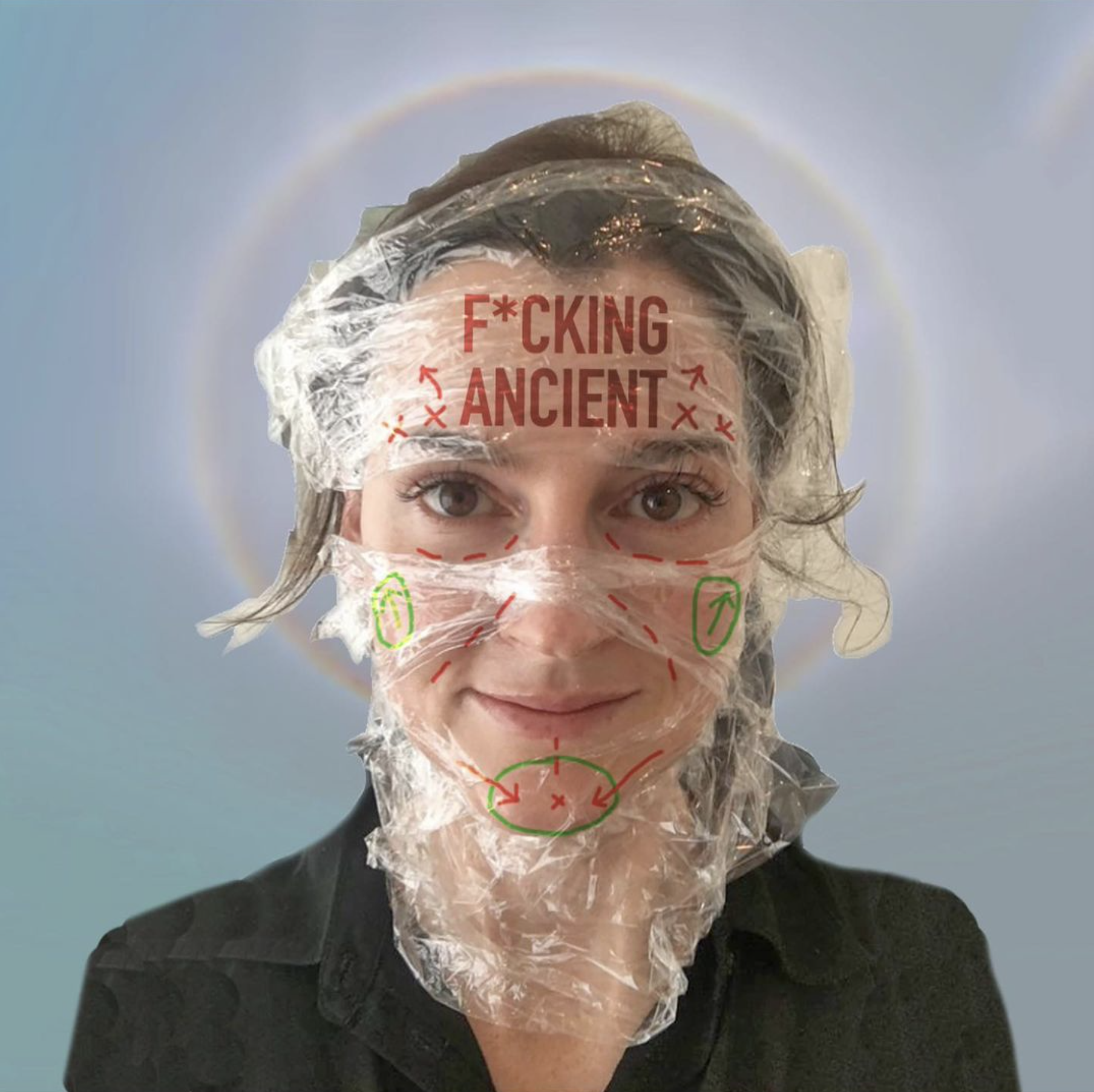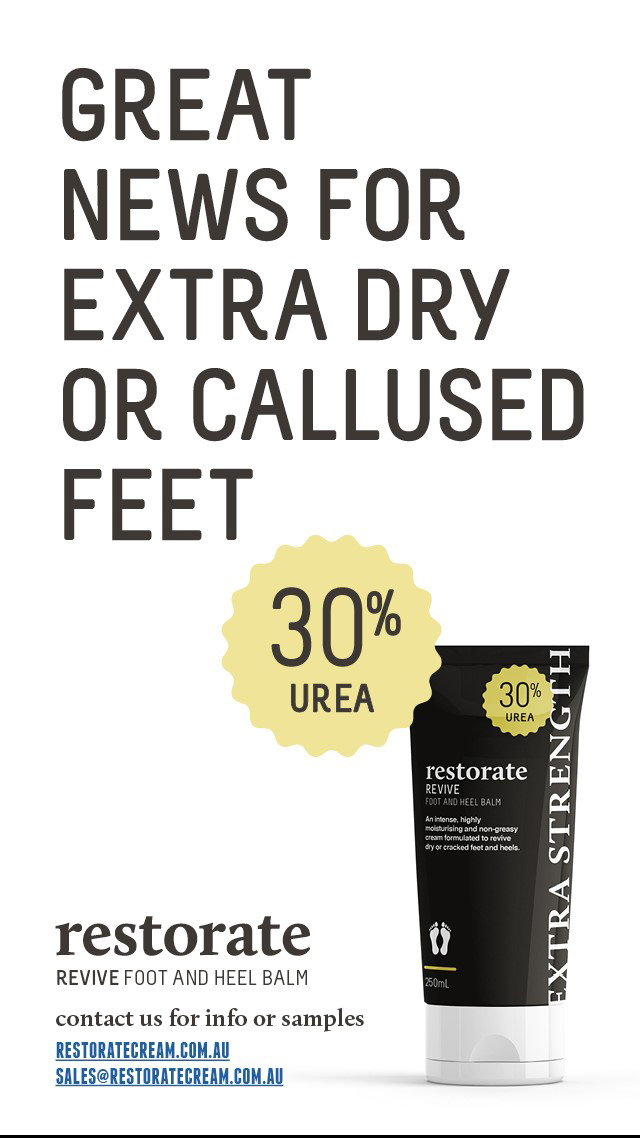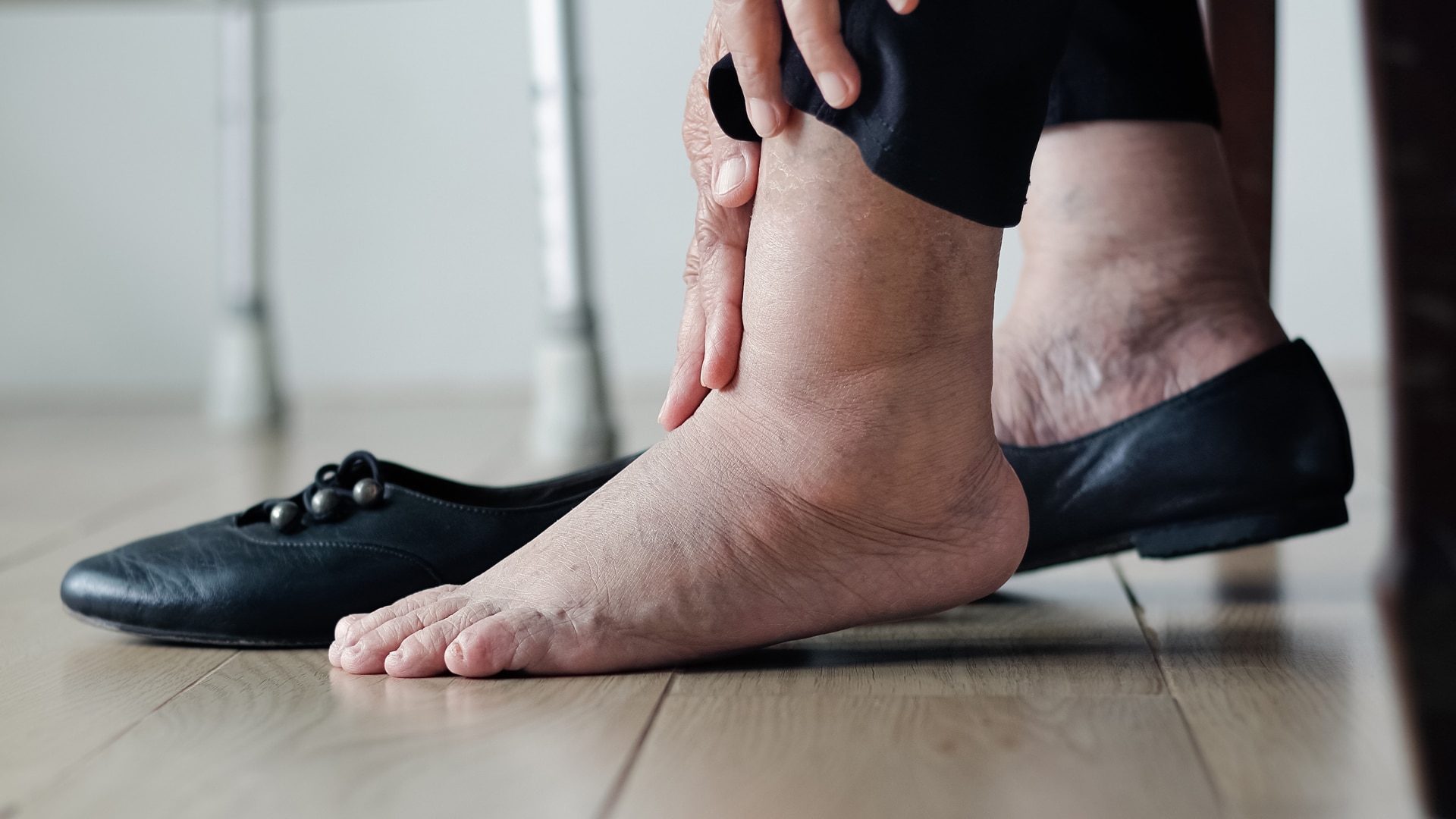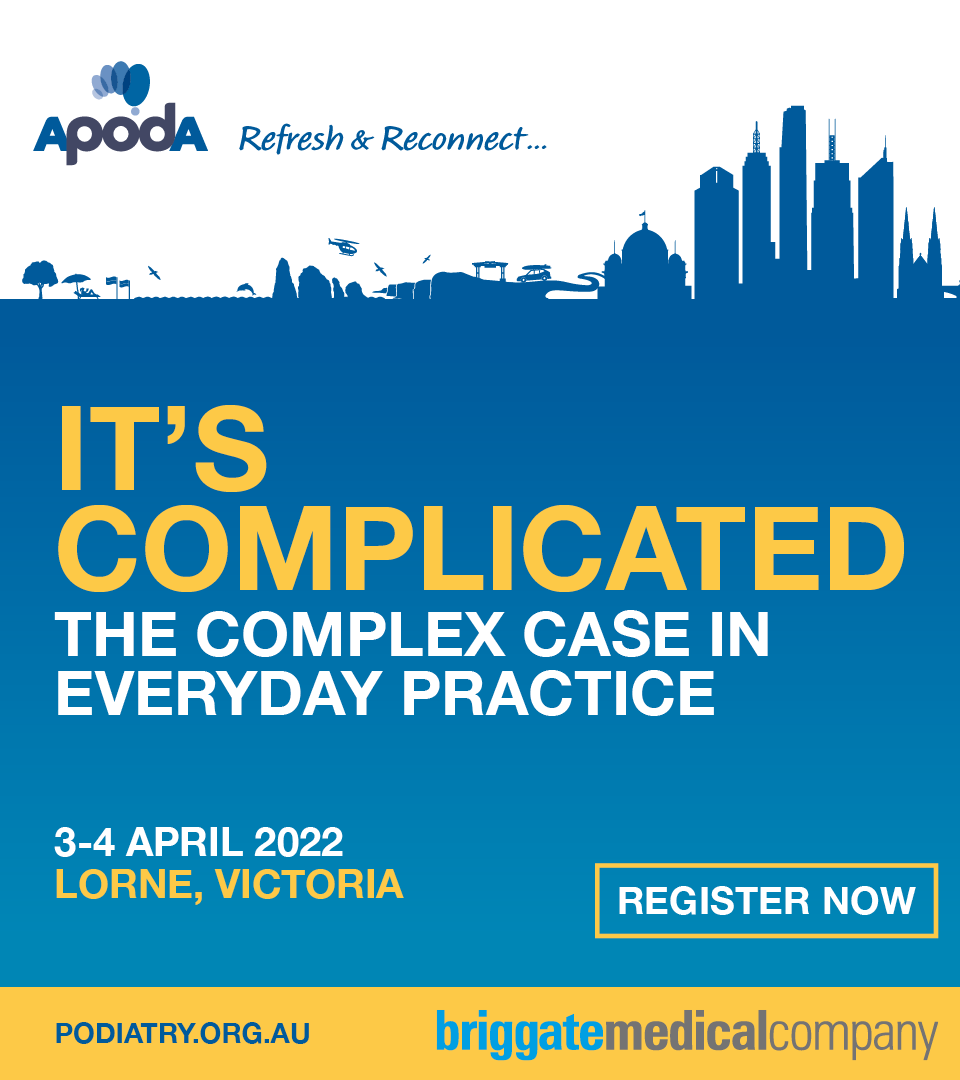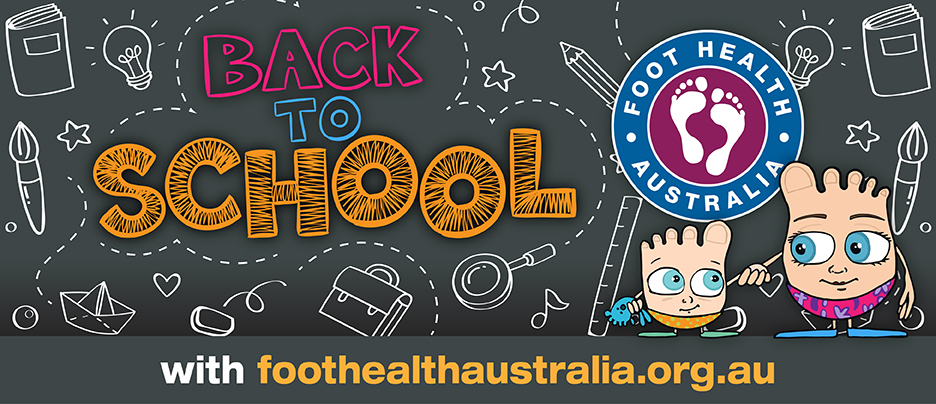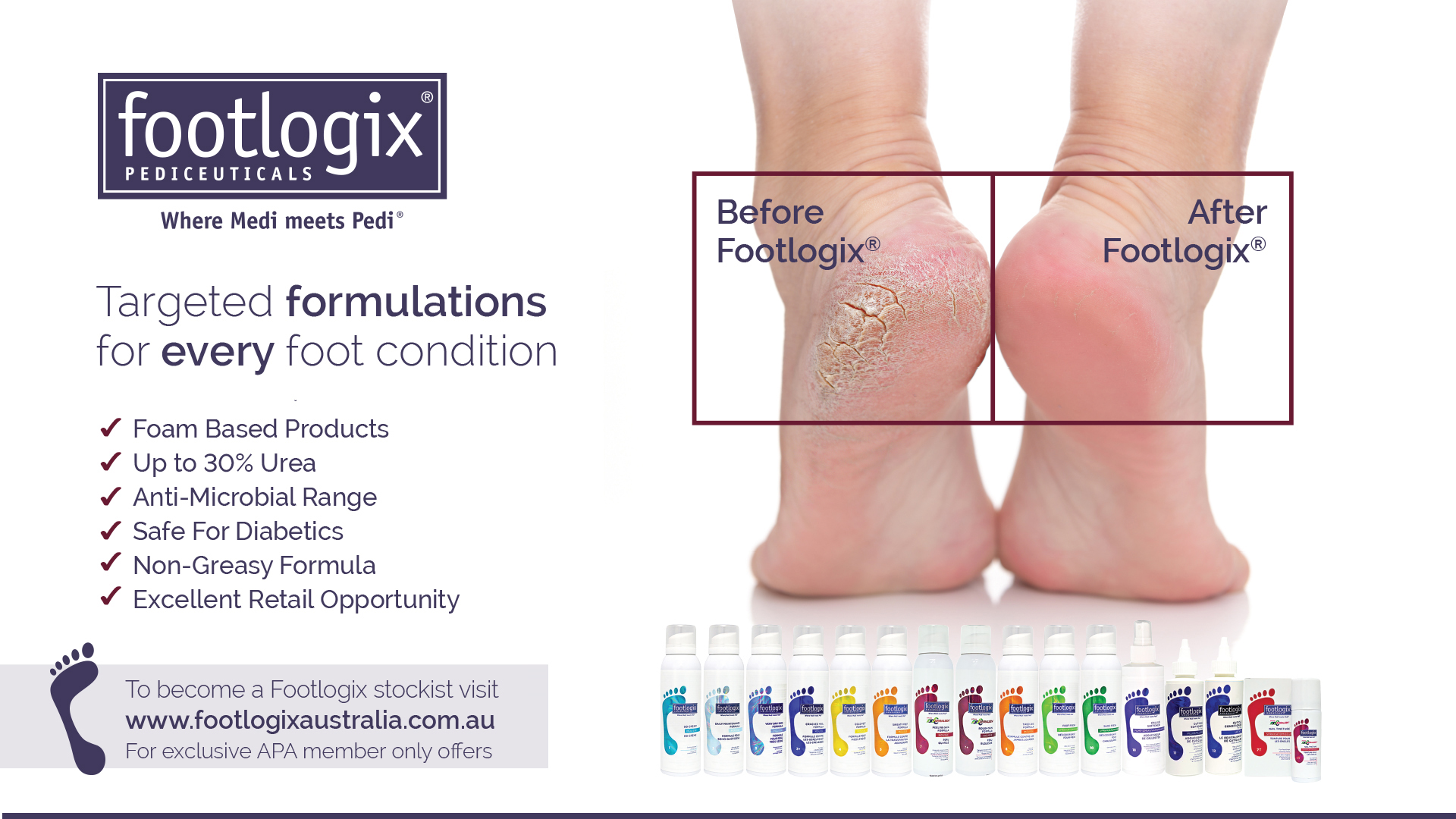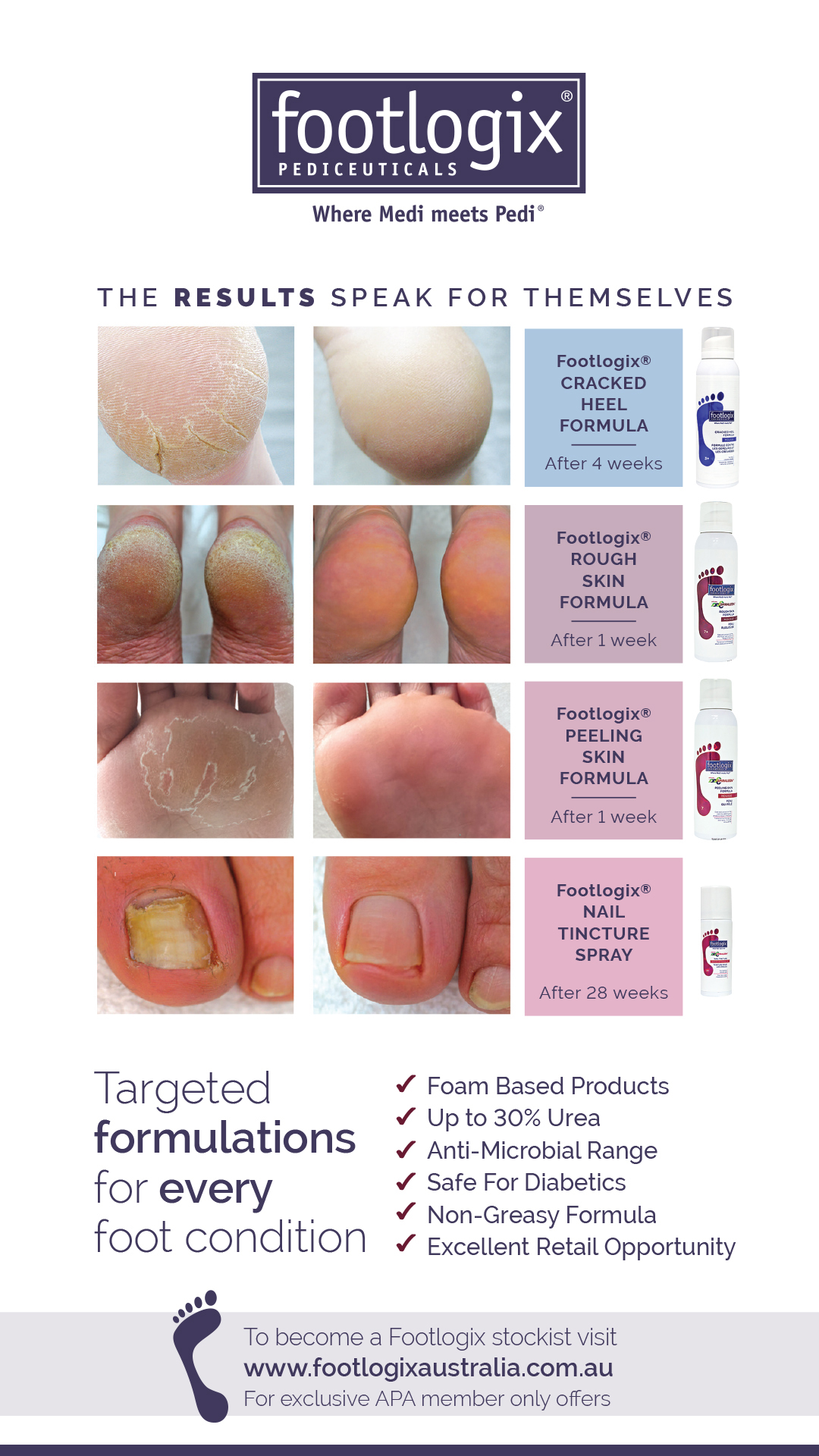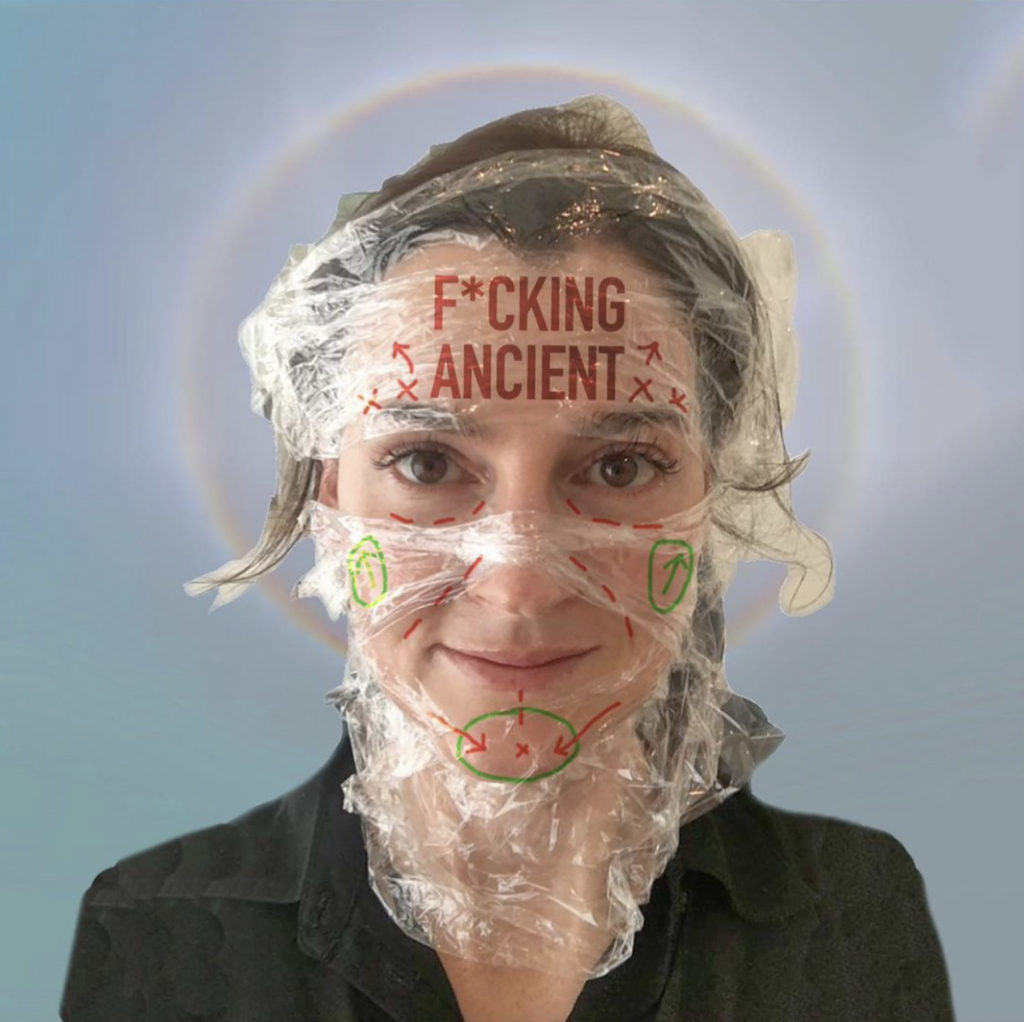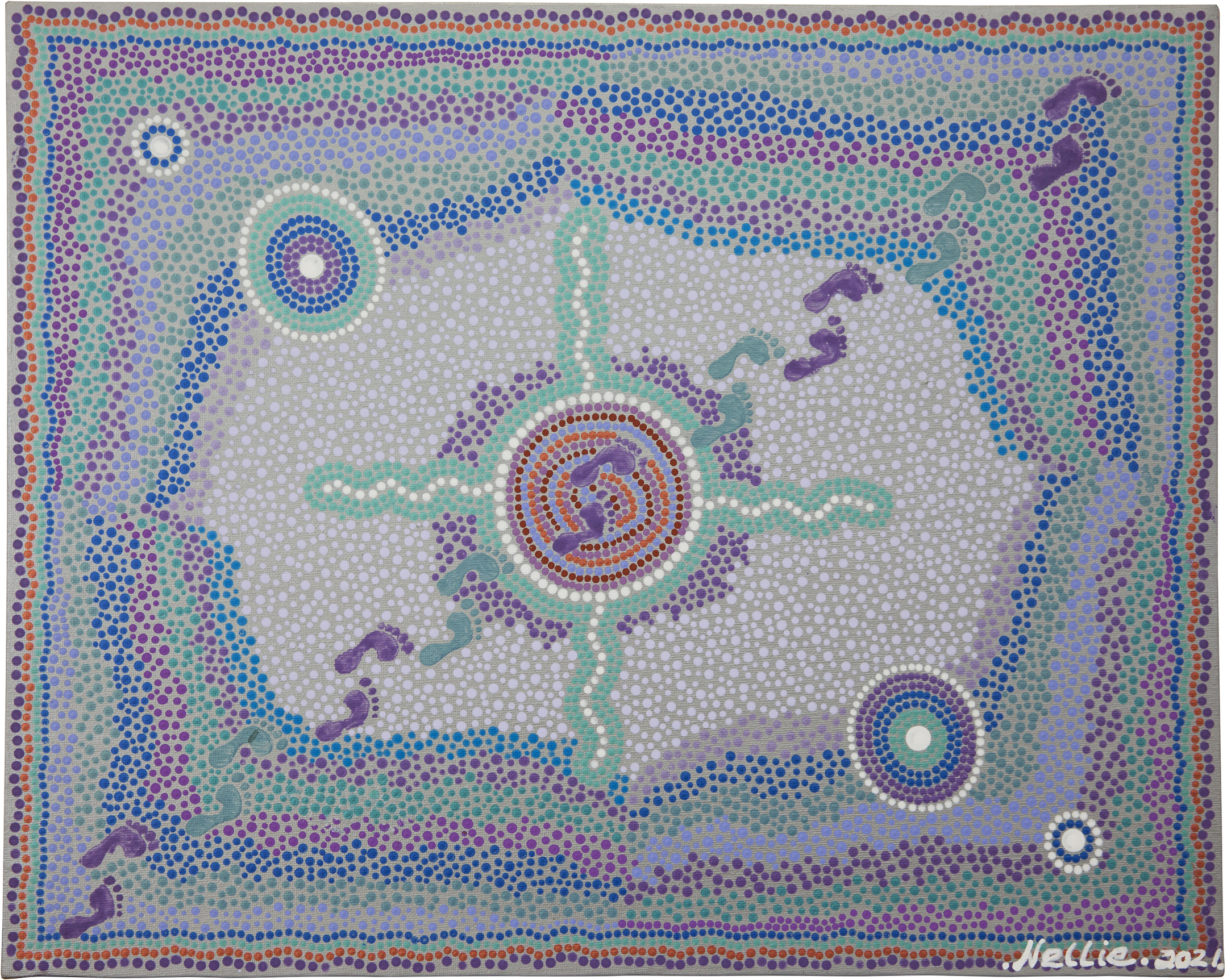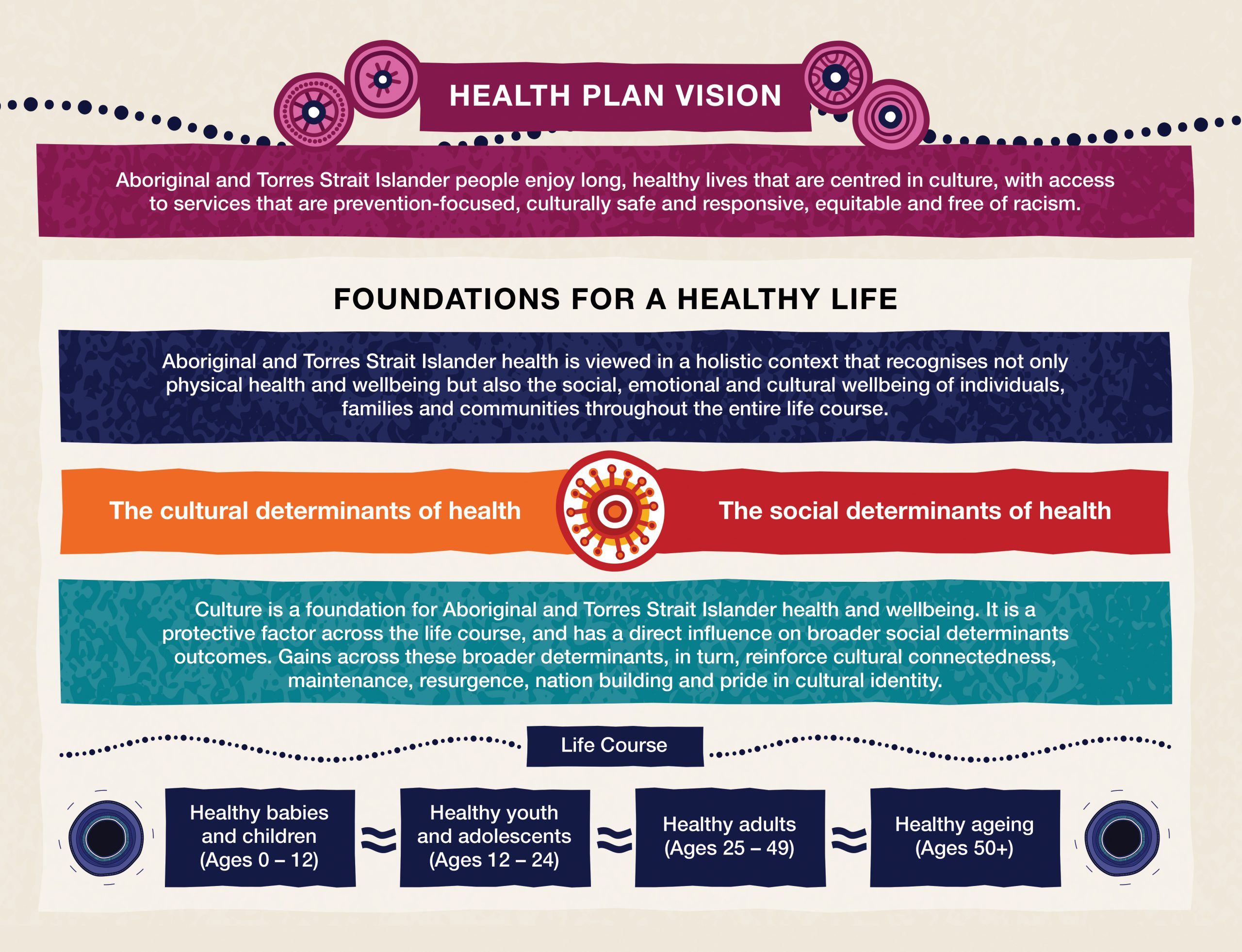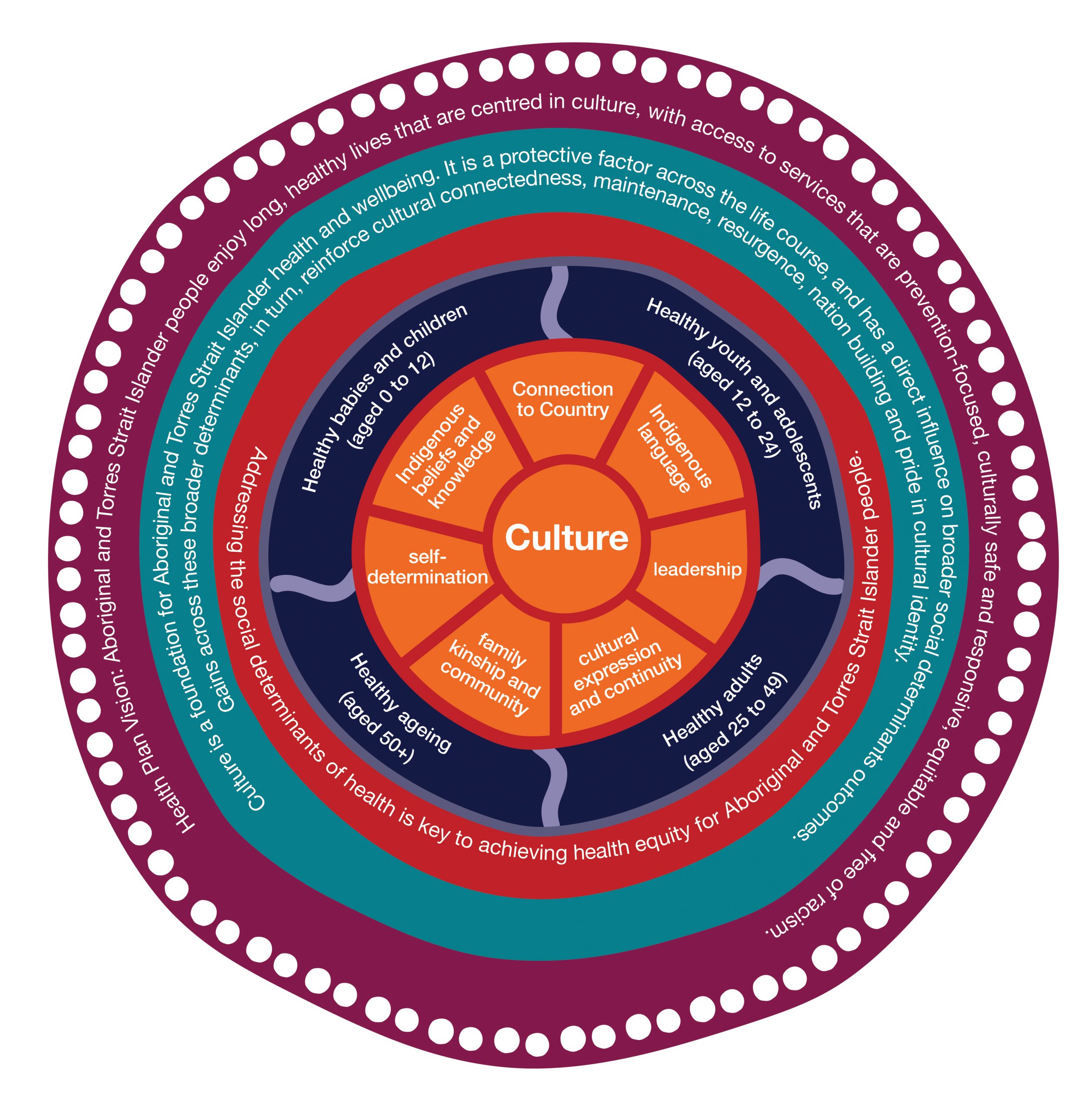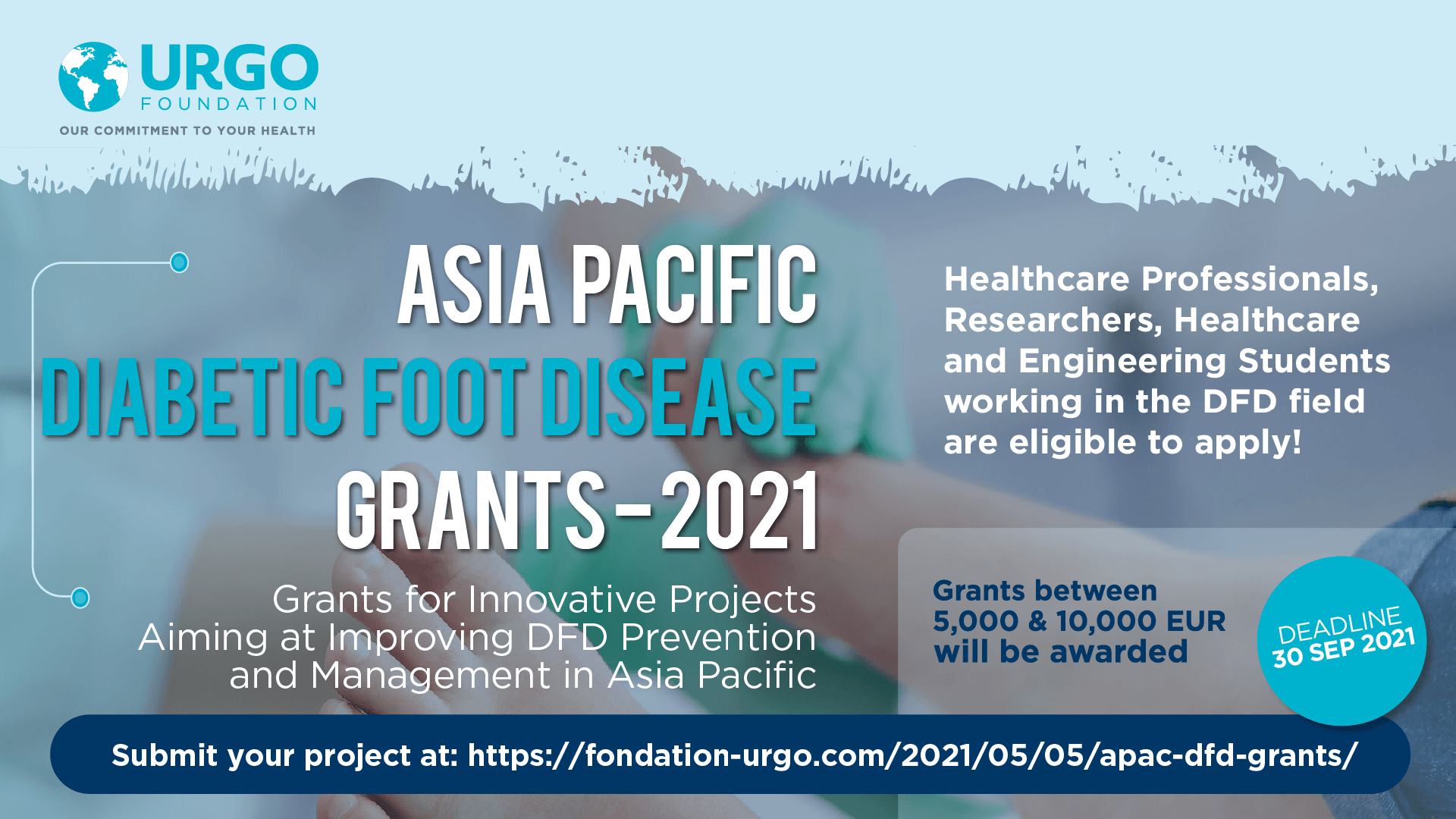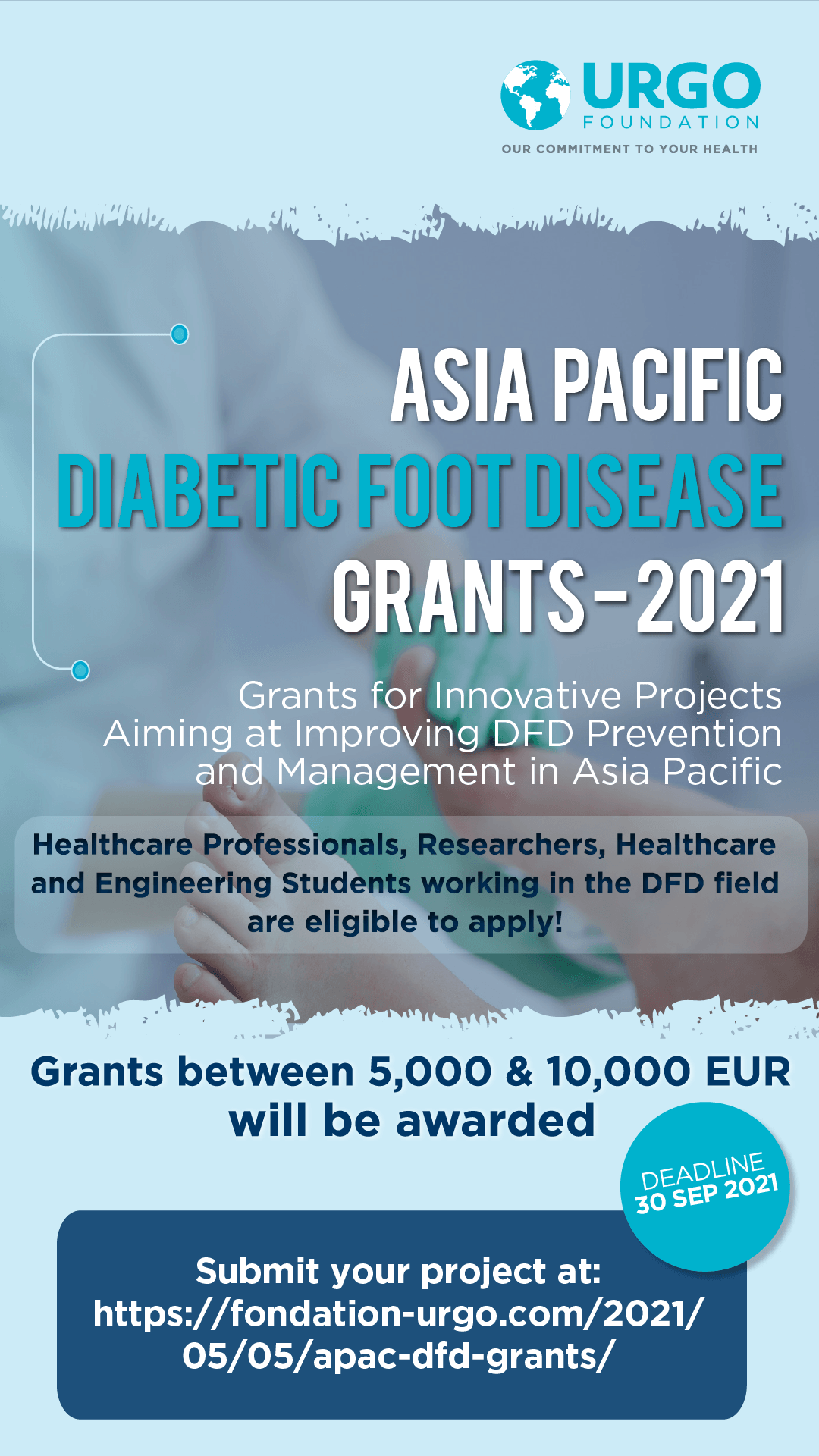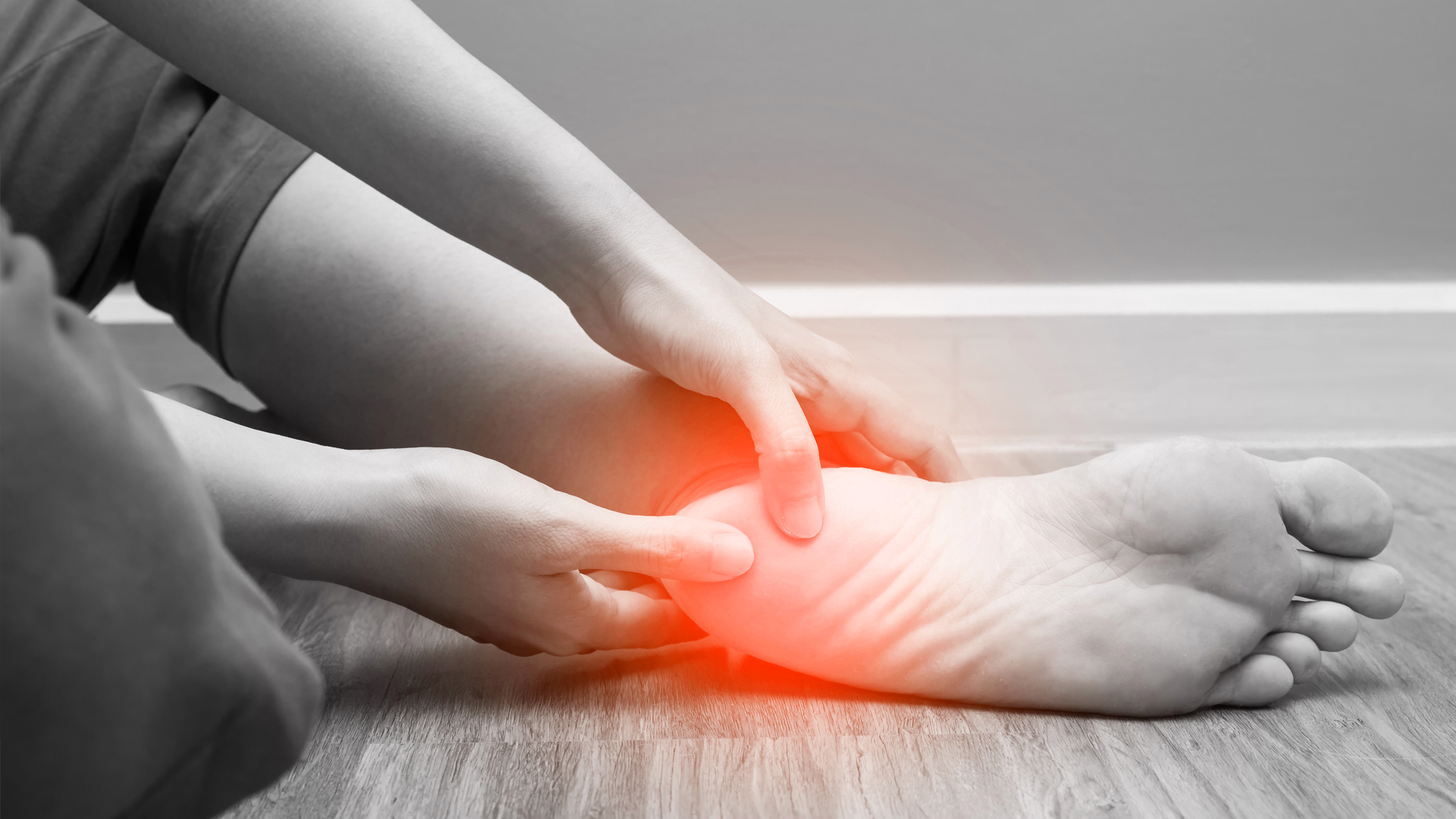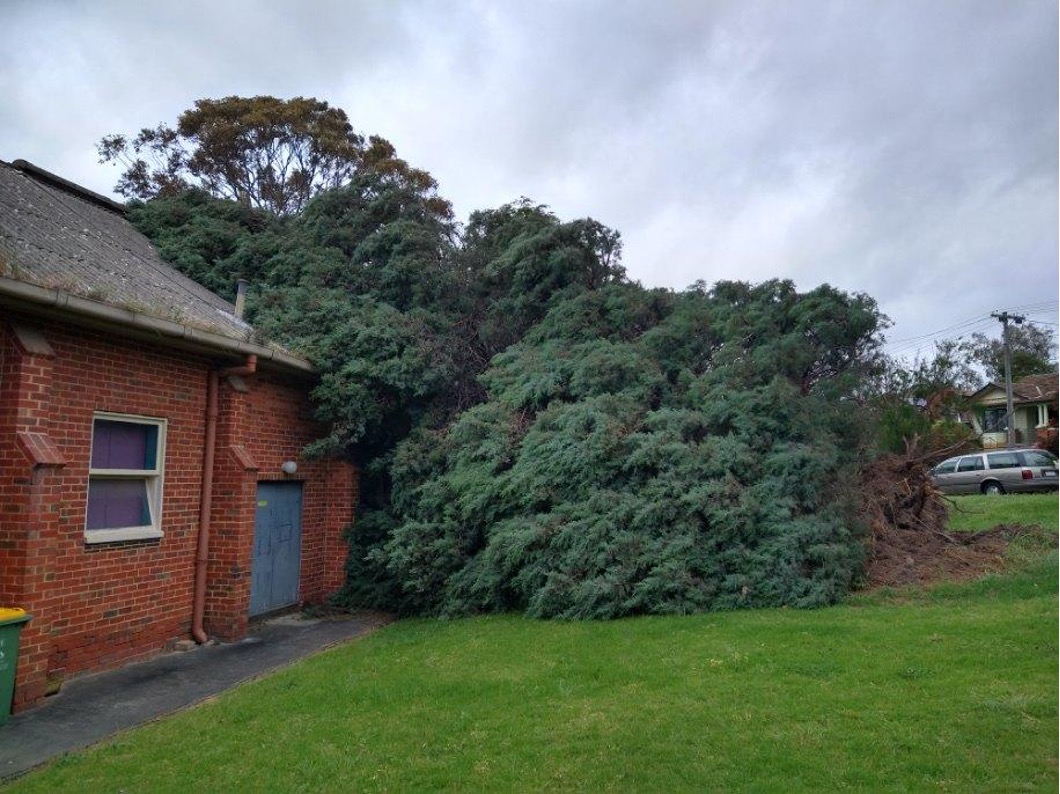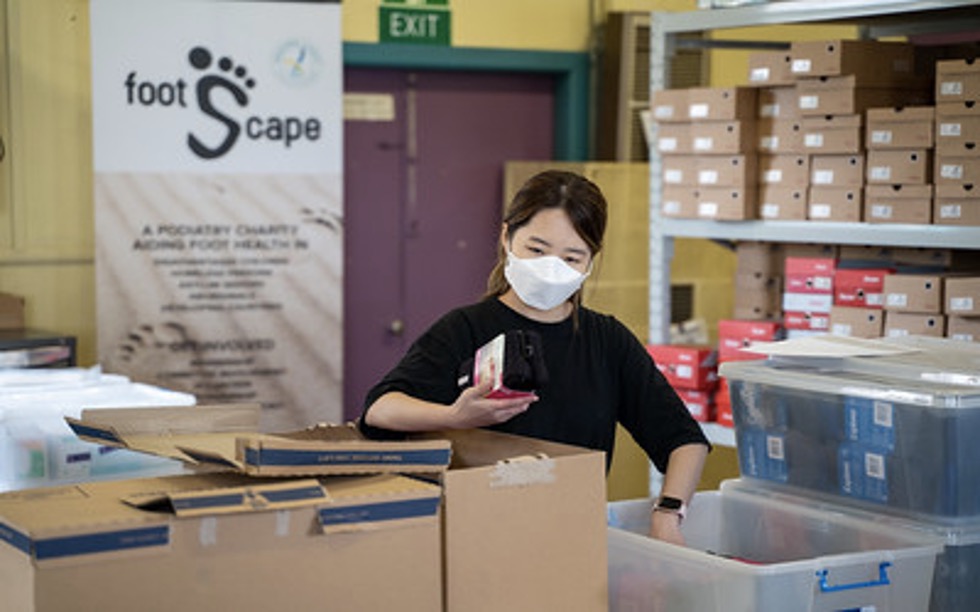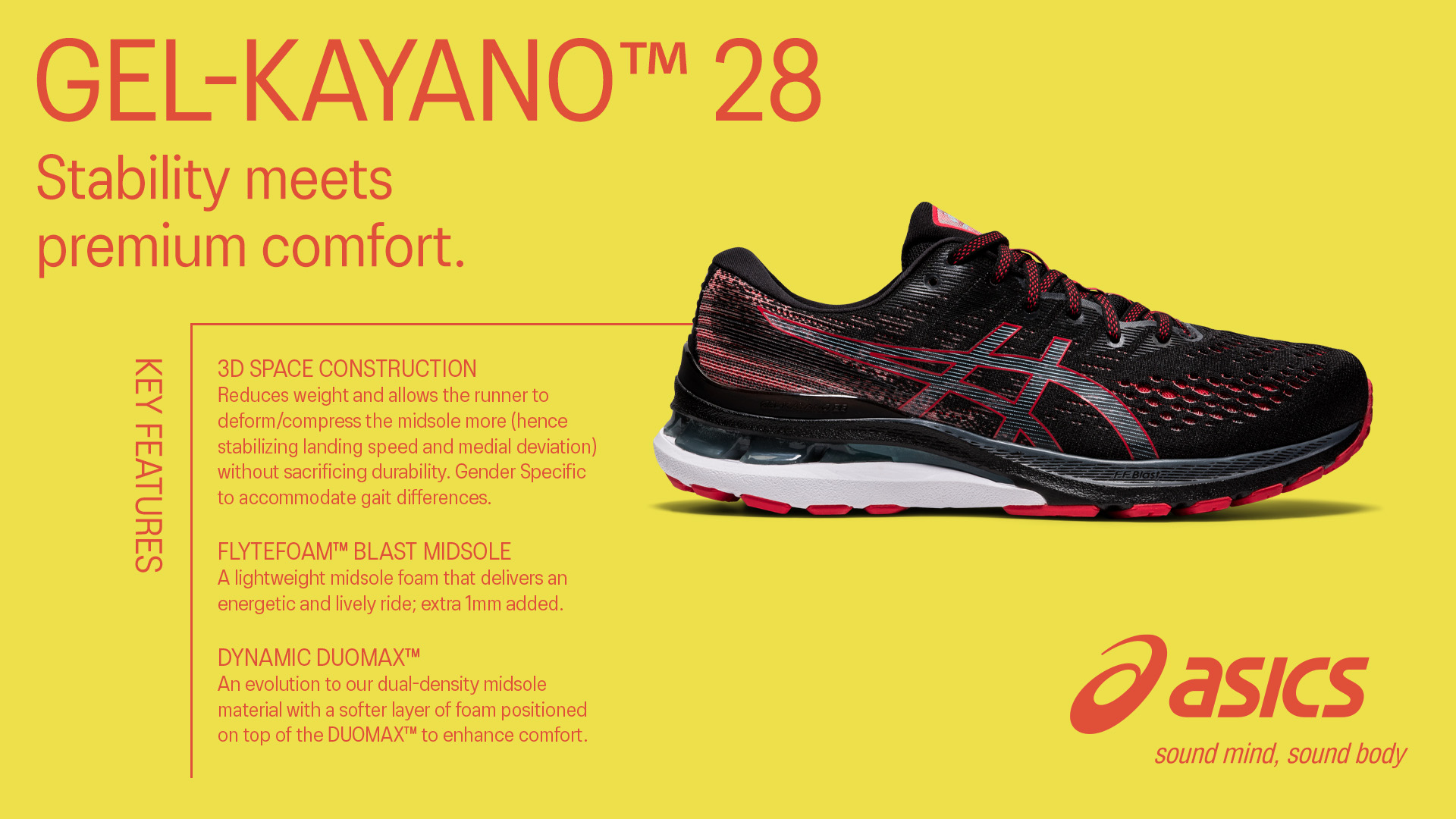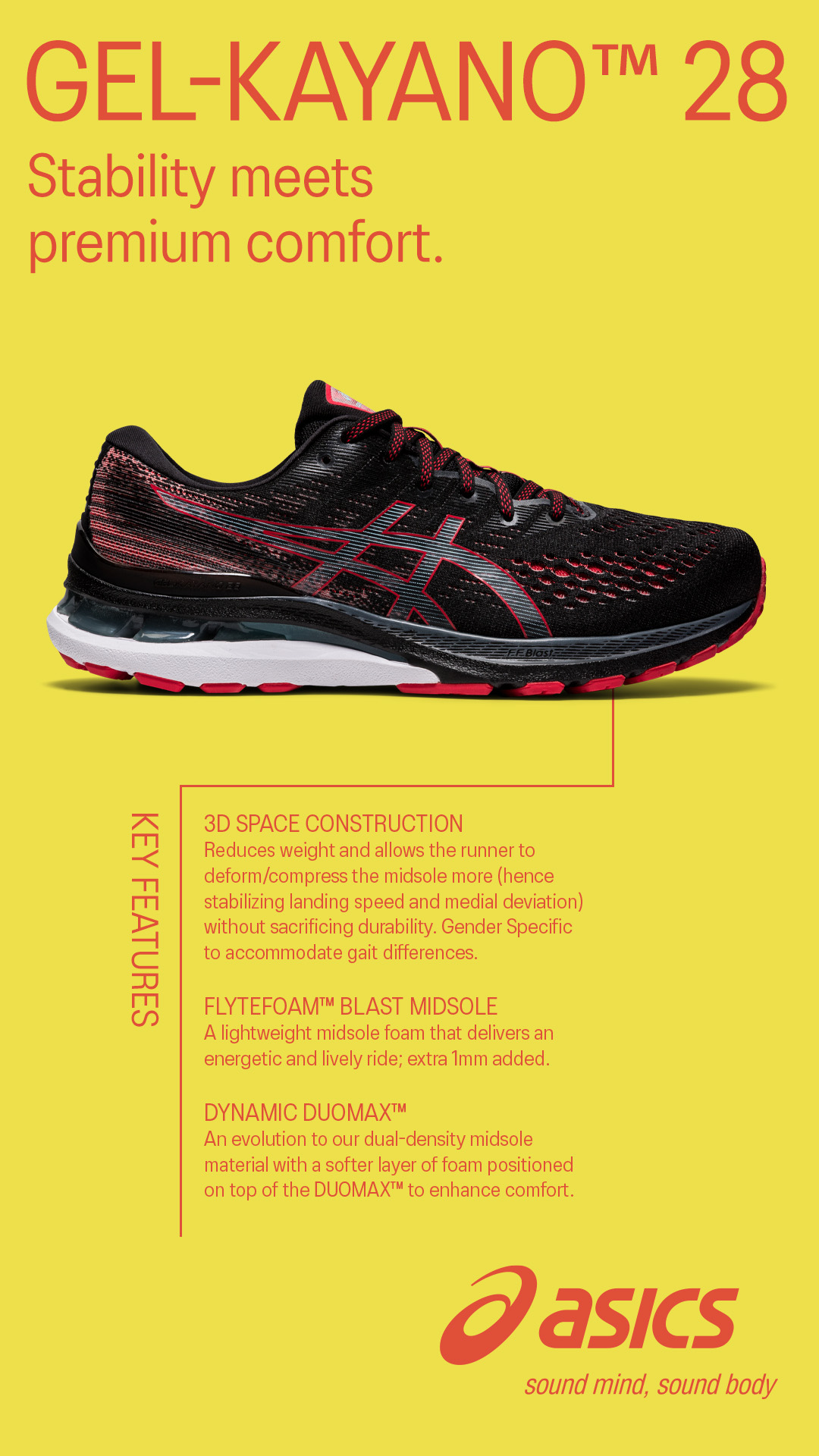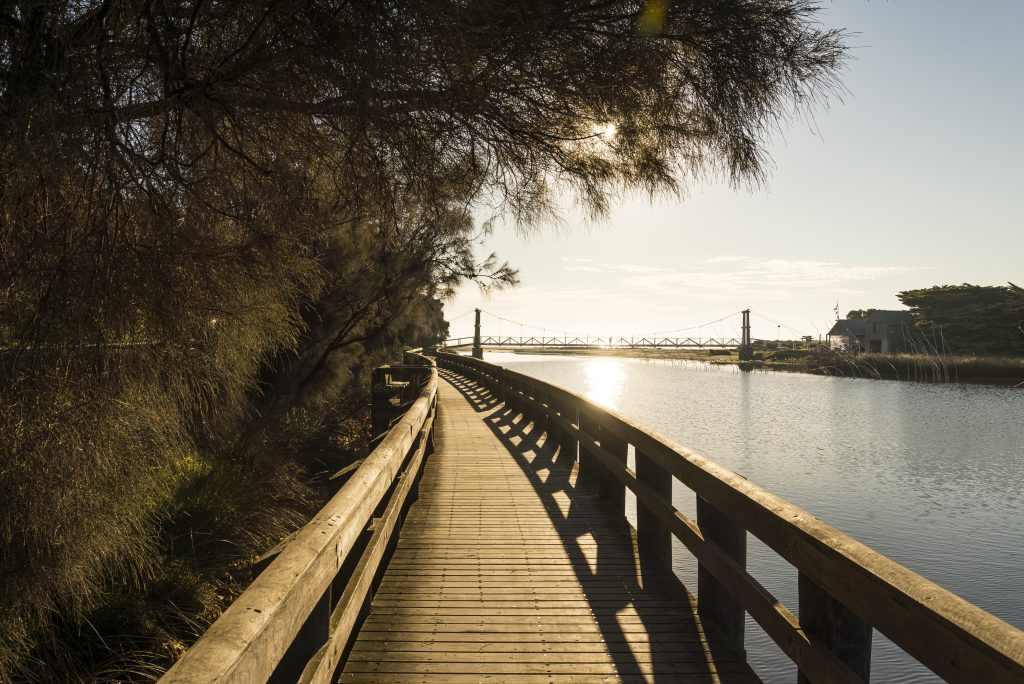NSW funding recognises growing nationwide evidence
Allied healthcare experienced a recent advocacy win when the Stronger Rural Health Strategy (SRHS) injected 1.87 million into NSW’s Charles Sturt University as part of the wider Coalition Government’s Rural Health Multidisciplinary Training (RHMT) program. Here’s what this move tentatively suggests, not only for NSW-based podiatrists, but for rural and regional podiatrists across Australia.
The SRHS strategy, which is behind the recent funding announcement, began in 2018-19. It is set to run across 10 years with the goal being to ‘build a sustainable, high-quality health workforce across the country and according to community need’. Consisting of three themes (to ‘teach’, ‘train’ and to ‘recruit and train’), the SRHS hosts a range of initiatives to help rural and remote communities and other areas that experience difficulty attracting doctors, nurses and other allied health professionals. You can read more about these initiatives here.
However, the SRHS is facing widespread criticism, highlighted most recently in this exclusive news report. To that end, the APodA does not unquestioningly adopt blanket support for all related rural workforce strategies, particularly regarding the Workforce Incentive Program (WIP). In an attempt to improve access to allied health in regional, rural and remote areas, the WIP incentivises medical practises to employ allied health providers. This is a model that not only undermines small, local podiatry businesses, but it also offers preferential referral pathways and lacks appropriate clinical governance.
That said, the focus on building rural workforce capacity and capability is one we want to get behind, and this funding boost certainly offers good news for the affected areas.
The impact on podiatry
So what does this latest funding injection mean for podiatrists in these immediate areas? Federal Member for Riverina Michael McCormack has the following to say:
“…Through the additional local training and placement opportunities, students across a range of allied health disciplines – including physiotherapy, occupational therapy, social work, exercise physiology, speech pathology and podiatry – will have exposure to the delivery of rural health care.”
More information on the impact it holds is also available here.
National relevance for all podiatrists
While a looming election has certainly expedited this latest funding round, we are pleased to see such progress being made. Importantly for all APodA members across Australia, this funding round holds national relevance as it offers clear recognition of growing evidence on the link between rural and regional based study and the likelihood of those students committing to live in the area once qualified.
In fact, as part of this latest funding announcement, Federal Regional Health Minister, Dr David Gillespie discussed this increasing evidence before reflecting on his own experience.
“They soon realise, like I did, that working in regional communities provides a tremendous opportunity to really make a difference in health outcomes and enjoy a satisfying career in the bush,” he said.
Federal Chief Allied Health Officer, Anne-Marie Boxall, has also nominated rural and remote workforce as a key priority area and allied health workforce planning, especially in rural and remote areas, is high on the agenda.
Meet the advocacy team!
Meet the growing advocacy team who are working hard on a range of advocacy issues and will be reporting back to you via STRIDE and other communications channels. We sat down with our newest team members, Bronywn Morris-Donovan, Steven Brown and Dan Miles to find out more about their roles and their purpose.
Risk factors for foot ulceration in people with end stage renal disease on dialysis
As Kidney Health Week gets underway this month, let’s reflect on the risk factors for foot ulceration experienced by people with end-stage renal disease on dialysis, as outlined in the below edited study excerpt. You can read the study in full here.
Although risk factors for ulceration have been extensively studied in patients with diabetes, there is surprisingly limited high-quality evidence in the dialysis population, despite an estimated 14% prevalence. Both foot salvage and survival rates are poor in these patients; only half survive 12 months after amputation.
To address this gap, a range of clinical, demographic, health status, and foot examination information was prospectively collected on 450 adults with end-stage renal disease from satellite and home-therapy dialysis units in Melbourne, Australia over 12 months. The primary outcome was foot ulceration.
The results are interesting, as below.
- Among 450 dialysis patients, new cases of foot ulceration were identified in 81 (18%) participants.
- Overall, risk factors for foot ulceration were neuropathy (HR 3.02; 95% CI 1.48 to 6.15) and previous ulceration (HR 2.86; CI 1.53 to 5.34).
- In those without history of ulceration, nail pathology (RR 3.85; CI 1.08 to 13.75) and neuropathy (RR 2.66; CI 1.04 to 6.82) were risk factors.
- In those with history of ulceration, neuropathy (RR 11.23; CI 3.16 to 39.87), peripheral arterial disease (RR 7.15; CI 2.24 to 22.82) and cerebrovascular disease (RR 2.08; CI 1.04 to 4.16) were risk factors.
- There were 12 (2.7%) new amputations, 96 (21.3%) infections, 24 (5.3%) revascularizations, 42 (9.3%) foot-related hospitalisations, and 52 (11.6%) deaths.
In conclusion, neuropathy and previous ulceration are proven major risk factors for foot ulceration in dialysis patients. Risk factors differ between those with and without prior ulceration. The risk factors identified will help to reduce the incidence of ulceration and its associated complications.
To read the full study and learn more about this issue, head here.
Support Kidney Health Week and continue to be alert to lower limb symptoms of kidney disease (such as pins and needles or puffiness in the legs). You can download a range of patient-facing resources here.
Debrief: Back to school campaign
Our annual Back to School campaign went incredibly well this year, partly fuelled by so many parents and students keen to return to the classroom on a full time basis for the first time in a long time for many! Here’s the rundown on how it went, along with links to resources you can continue to use throughout the year.
Now that children were less likely to be learning at home, school shoes were naturally high on the agenda this year! A range of foot health-related ‘back to school’ advice was shared with people across Australia via our podcast, media outlets, social media and online communications channels such as Foot Health Australia.
Of particular interest was our podcast, Starting school kids on the right foot. Podiatrist, Hayley Uden and Phil Scala from Colorado discussed why school shoes matter so much for growing feet and how to get it right. We also ran a range of original content across our web channels, including articles like Eight magical tips to help your child tie their laces as well as repurposing useful content including our fact sheets and blogs such as Top tricks for school shoe shopping.

Media coverage took off this year thanks to a targeted strategy, with notable highlights including ABC breakfast radio with Dr Helen Banwell, 2GB radio interview with Adele McGarry, a Mamamia feature article and coverage on The Educator Australia news site.
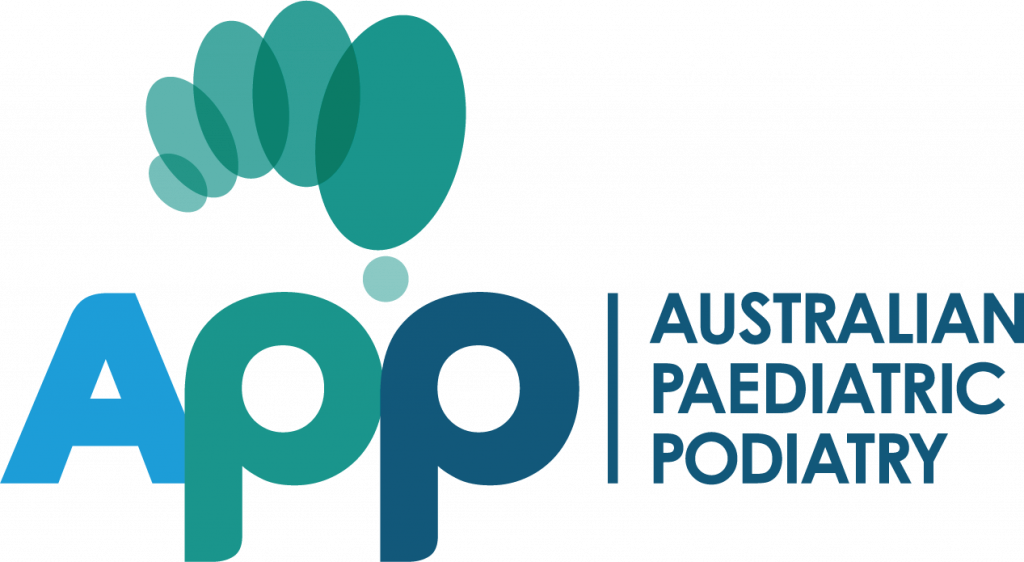
Find your why (the Simon Sinek way)
Endurance athlete Samantha Gash speaks to the APodA team about how to find your ‘why’ and in doing so, she offers timely advice for members as 2022 unfolds.
How can allied health professionals support the health and wellbeing of informal carers?
Dr Kristy Robson discusses the role of podiatrists in supporting the growing need for informal carers to support older people; in response to increased health care demands.
Have you read the 2021 Australian evidence-based DFD guidelines?
Get 2022 off to a good start by ensuring you review the recently-released guidelines on diabetes-related foot disease; now updated for the first time in 10 years.
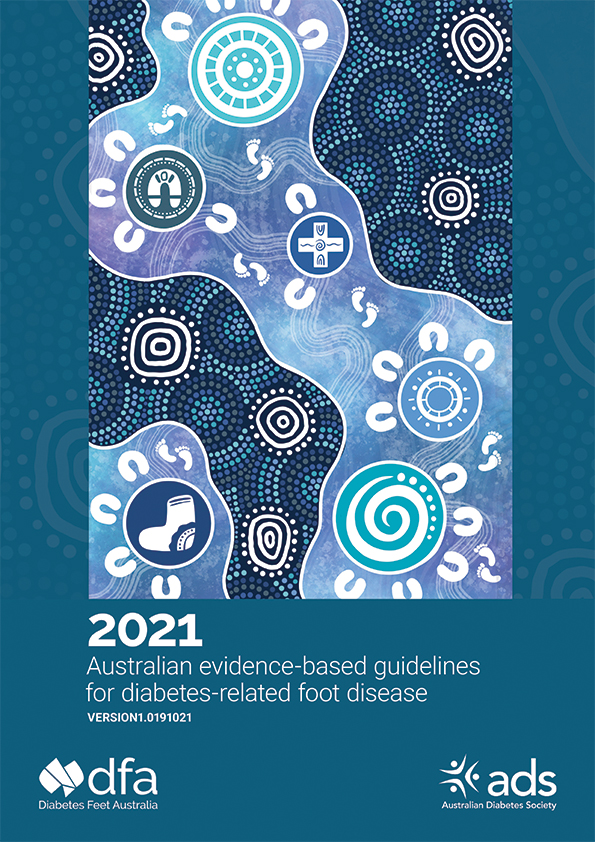
Diabetes-related foot disease (DFD) is the leading cause of morbidity, mortality and healthcare cost burdens in Australia, and podiatrists can considerably reduce these burdens when implementing guideline-based DFD care. The new Australian guidelines include 98 evidence-based recommendations across the fields of prevention, wound classification, peripheral artery disease, infection, offloading and wound healing interventions.
You can download all six guidelines here or the full guideline is also available to download. These documents should assist health professionals by offering multidisciplinary best practice standards of care for the provision of DFD-related care within Australia.
AD
A proud STRIDE advertiser

Support a fellow podiatrist & actor!
Support fellow podiatrist and actor, Maggie McCormack! Maggie has created her own one-woman show at the Adelaide Festival. Her digital show can be viewed on demand from your laptop, no matter where you are based. The show runs until 20 March and tickets can be booked here.
Podiatrist and actor Maggie McCormack’s one-woman show title doesn’t beat around the bush. ‘F*CKING ANCIENT’ includes stories from Maggie’s life alongside tales from her podiatry career in the aged care sector. Over the course of 60-minutes, it dissects the joys and perils of getting older with honesty, respect and humour. With a refreshing candour, this digital show has been described as, “A tale of a brave woman who embarks on her hero’s journey in search of truth and meaning in a society where the only thing allowed to age is – let’s face it – red wine.”

“Creating a digital theatre show during the pandemic was uncharted territory. It’s a play, but we’re filming it, but it’s not a film. We still want it to feel like you’re witnessing something live. It should not feel over-edited. It is powerful, joyful and moving because of Maggie’s sparkling personality, her personal story and raw, tour-de-force performance,” Ngaire explains.
After dreaming of creating her own one-woman show 15 years ago, Maggie collaborated with Ngaire over Zoom throughout the course of the pandemic. They devised and rehearsed together and when the borders opened, Maggie was able to fly to Los Angeles to film the show for the digital component of the Adelaide Fringe Festival, which has now opened and is taking bookings.
How to book your tickets
F*CKING ANCIENT runs until 20 March 2022, and digital viewings are on demand. Tickets can be booked via this link and cost $15 per person or $25 per household.
More information
To follow the latest updates, head to the show’s Instagram page or follow Maggie’s personal page on Facebook or the official show page on Facebook here.
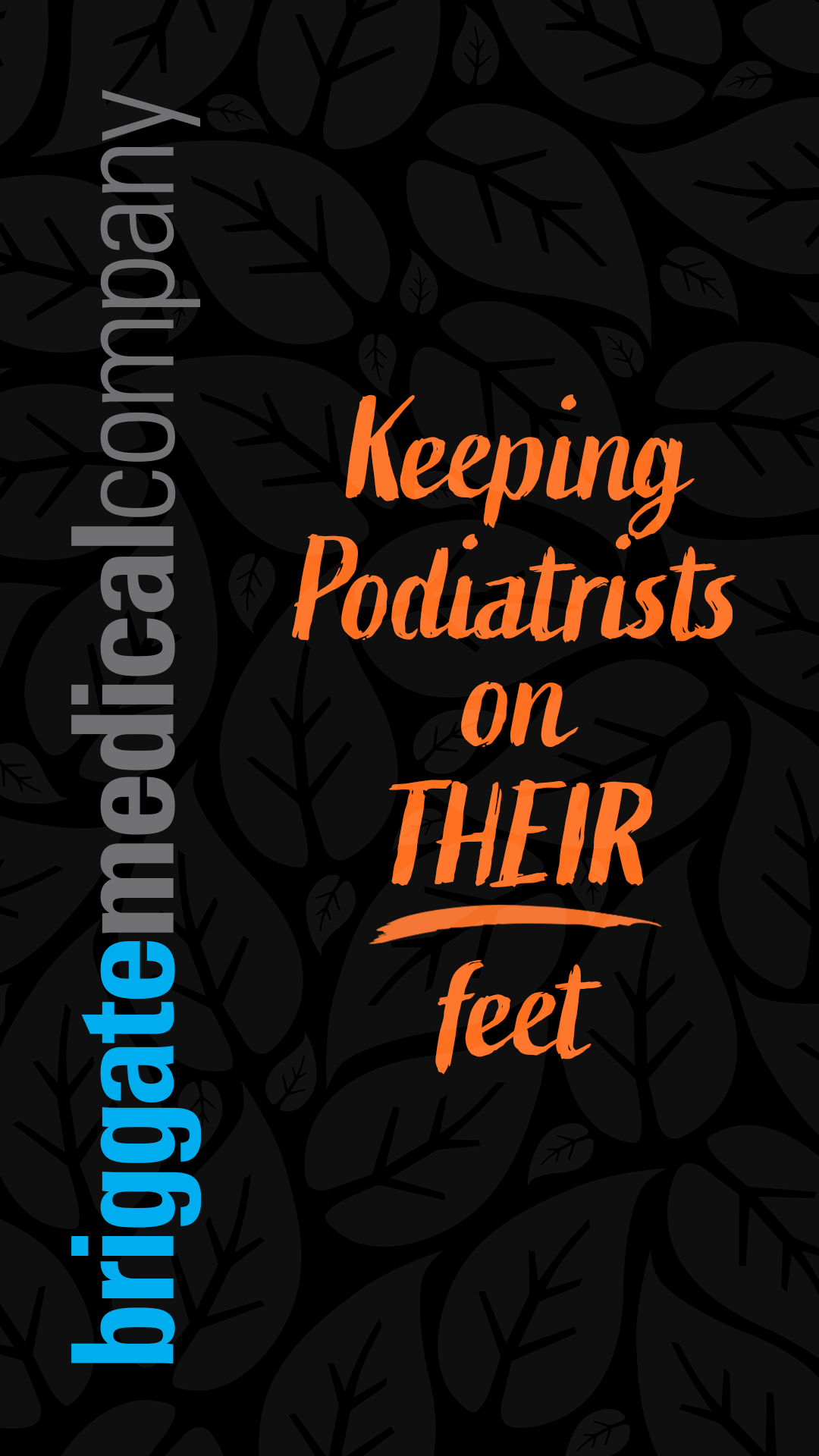
Have you seen the latest health plan?

By James Gerrard
Section Editor
Art by Nellie Green 2021.
James Gerrard explains why the latest health plan matters to all podiatrists, no matter what the role or context.
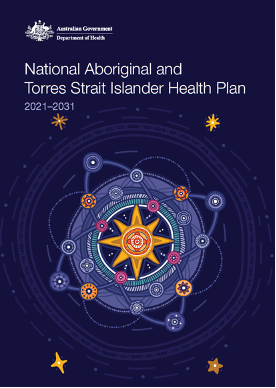
Background to the plan
Aboriginal and Torres Strait Islander Peoples and Communities worked with the Australian Government Department of Health to co-design this 10-year health plan. The vision behind the plan is for ‘Aboriginal and Torres Strait Islander people [to] enjoy long, healthy lives centred in culture, with access to services that are prevention-focused, culturally safe and responsive, equitable and free of racism’. You can read more about this on page 17 of the plan here.
How does this health plan impact podiatrists?
For starters, it was released relatively recently, on 15 December, 2021, and we all need to be up-to-date regarding national health plans.
More than this, the plan supports us as podiatrists who may be working in Aboriginal and Torres Strait Islander Community Controlled Health Services and it also provides a framework for podiatrists in the mainstream health sector who are working to improve our provision of culturally safe and responsive care. The plan represents many individuals working together towards the goal of equitable health care delivery.
| Table 1. Accountability of the mainstream health system (adapted from The new National Aboriginal and Torres Strait Islander Health Plan 2021–2031) | |
| Mechanisms necessary for mainstream health services to provide culturally safe and responsive care [1] | Measuring and responding to experiences of racism [1] |
| Working in partnership with Aboriginal and Torres Strait Islander organisations to set and meet cultural safety training and accreditation standards [1] | |
| Working in partnership with Aboriginal and Torres Strait Islander organisations to develop and deliver person-centred care that is culturally safe, responsive, trauma-aware, and healing-informed [1] | |
| Increasing Aboriginal and Torres Strait Islander representation at all levels of health workforce, leadership and governance [1] | |
Ultimately, the plan states that it provides guidance for: ‘action to improve health and wellbeing outcomes for Aboriginal and Torres Strait Islander people’. Central to this plan are First Nations health perspectives, which are inclusive of ‘culture as a protective influence on physical, social and emotional wellbeing’. The plan is a resource for continual learning and improvement in First Nations health care provision with co-design by the experts in First Nations health, Aboriginal and Torres Strait Islander Peoples themselves.
An update on medical imaging for plantar heel pain
Systematic reviews are a vital source of information that appraises the literature and brings together the most recent evidence related to a particular subject.
The Journal of Foot and Ankle Research (JFAR) has recently published three high quality review articles, which we will share in a three-part series over the coming months. Below is the first review summary in this series. We recommend reading the entire article, for free, at this link in order to get a deeper understanding of the literature.
Plantar heel pain is a common condition presenting to podiatrists, affecting 9.6% of the population aged over 50 years. The diagnosis and cause of symptoms associated with plantar heel pain can be confusing for patients. However, medical imaging can aid in identifying tissues involved and assist in the development of management plans. As the most recent review of the literature relating to imaging of plantar heel pain was published over 10 years ago, the aim of this study by Chris Drake and co-authors was to provide an updated synthesis of the literature including recent advances in medical imaging.
A search strategy was designed, and data was extracted from 42 studies that met the inclusion criteria and were included in the review. Of these, nine studies were rated as being good quality studies, with the remainder recording either a poor or fair rating.
In people with plantar heel pain, findings related to the plantar fascia were commonly reported. In terms of thickness, blinded ultrasound studies found the plantar fascia of plantar heel pain participants was 1.62mm thicker than controls. While MRI studies found the plantar fascia was 3.17mm thicker. Tissue changes in the plantar fascia were also evident with significantly greater plantar fascia hypoechogenicity on ultrasound and hyperintensity of the signal on MRI in plantar heel pain participants compared to controls. There was no evidence of tears in people with plantar heel pain, and some evidence of a lack of elasticity in the plantar fascia of people with plantar heel pain.
Other findings included a reduction in the cross-sectional area and volume of intrinsic foot muscles, evidence of hyperaemia or the active engorgement of vascular structures, and a greater loaded heel pad thickness (0.97mm) in plantar heel pain participants compared to controls. In terms of bone changes, plantar heel pain participants were more likely to display plantar calcaneal heel spurs, bone marrow oedema and increased radioisotope uptake in the calcaneus.
The systematic review reported important findings to assist in the diagnosis and management of plantar heel pain. Further studies are needed to better understand the clinical relevance and precision of the findings.
You can read the article in full, for free, here.
AD
A proud STRIDE advertiser

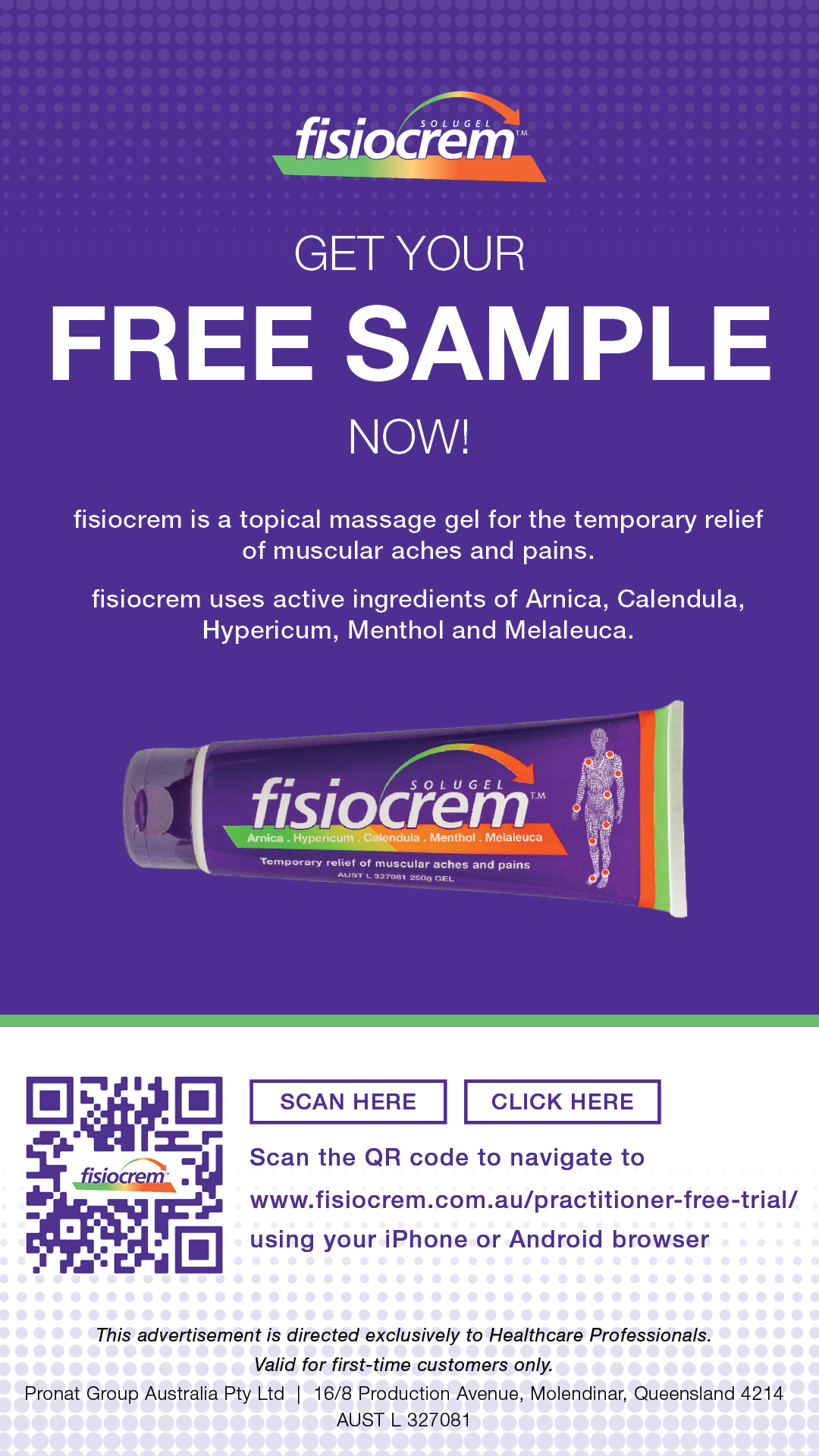
The storm that caused self-reflection

By Anthony Lewis
CEO of Footscape
Anthony Lewis, CEO of Footscape, explains how an unexpected storm threatened the viability of Footscape, and became cause to reflect on the charity’s path to date.
In Footscape’s most recent STRIDE article last year, I was excited to share some good news. We had achieved a monthly distribution record for footwear, socks and foot care kits and it truly felt like Footscape had begun lifting the roof off of our Material Aid Project.
An unexpected storm
Yet Mother Nature had other plans in mind. Following a wild overnight storm, I arrived at the hall (which is home to this project), only to discover that a massive neighbouring tree was now uprooted and lying over the hall’s roof.
It seemed like just when the Australian community began to re-open from COVID-related lockdowns, Footscape’s setup sadly became inaccessible.
The hall is a good 60-years old and it has struggled across its lifetime to disguise inevitable wear and tear. This latest damage presented an unwelcome barrier between the realisation of our goals and ensuring a consistently safe working environment for our teams.
Reflecting on the past
This setback gave me cause to reflect on how far we have come since the days of 2018, when the spare bedroom of my home was used to store and process Footscape’s material aid donations. It was a constrictive setup, though one I was prepared to accommodate since I was living alone at the time.
I vividly remember when we finally began a rental agreement with a nearby church to use their vacant hall, which has since served as our working space. It changed everything. Yet now we were in danger of losing this, thanks to the storm which had caused so much damage.
Up until the end of January this year, we remained worried that there weren’t many other storage and workplace options if the hall damage remained. I knew that home storage was no longer an option, following the start of my happy marriage and the arrival of our second child last November! Commercial rental spaces were (and still are…) frighteningly expensive for our small charity.
A new chapter
I’m pleased to report that we can once again access the hall space. Phew. This experience has been a lesson in how interdependent we are as a charity on the goodwill and support of others to help realise our vision.
It’s a huge relief, to be honest. Especially since demand for material aid items across the public podiatry sector (from affiliates and other welfare organisations) has increased since Christmas. I anticipate that February’s numbers of distributed material aid items may rival those record figures that I shared with STRIDE readers late last year!
Join our movement
So, what can you do to be part of this supportive ecosystem? There are a few things. Firstly, please contact Footscape via the form here. And if you live in Melbourne, then please keep an eye out for any working bees, which we’re keen to start up again soon.
If you volunteer for a working bee, you can enjoy our relaxing hall environment and meet friends whilst supporting people who experience disadvantage and have a range of foot pathology presentations that need attention.
Lastly, supporters from around Australia can make a tax-deductible donation via our website to enable more foot care kit materials to be purchased.
Thank you
Thanks as always to our STRIDE readers for your support. Whether it is simply reading this article to stay updated, or supporting in a range of other ways – it is all appreciated.
How to navigate COVID and personal/carer’s leave
Kain Hourn helps to demystify the rules and regulations around personal/carer’s leave in light of recent COVID surges across Australia.
Most asked member question
Have you seen the most asked member question lately? Our monthly Member Benefits Bulletin has this covered! We encourage you to keep an eye out for it when it hits your email and in the meantime, head to this webpage for a breakdown of other questions commonly asked by members in months gone by. You never know what you will find!
Here is the most commonly asked member question in recent weeks. Don’t forget to check out our member-only web resource for more useful Q+As!
Q: When treating DVA patients, can you use and claim electrophysical therapies? i.e. laser therapy for fungal nail, shockwave therapy?
Answer:
You can only claim for electrophysical therapy if:
- there is evidence-based research to validate that specific intervention for the client’s referred condition
- the treatment is clinically necessary
For all other electrophysical therapy treatments you need to get prior approval from DVA before you commence treatment. You will also need prior approval for:
- laser therapy for fungal nails
- low-level laser for soft tissue conditions
- shockwave therapy
DVA will not pay for non-evidence based treatments including:
- dry needling
- myofascial release
- trigger-point therapy
You can only claim for the following treatments if they are clinically necessary for the patient’s specific, referred condition:
- paraffin wax bath
- feet joints manipulation
Clinical decisions about the number of treatments should be evidence-based and have measurable outcomes. For example, a paraffin wax bath is not necessarily justified for every repeat visit.
In exceptional circumstances, you may claim payment for treatments not included in the Schedule of Fees, if they can be clinically justified for the client’s referred condition and/or are evidence-based. You must ask the DVA for prior approval before providing the treatment.
To submit a request, please complete the D1328 Treatment Prior Financial Approval Request Form and email it to health.approval@dva.gov.au. To find out more contact the DVA on 1800 550 457.
Here is another useful link to refer to: DVA arrangements for podiatrists | Department of Veterans’ Affairs
Have any burning questions? Email us at info@podiatry.org.au
Are you going to Lorne in April?
Our exciting two-day Lorne conference is coming up in April! Here’s what you need to know.
The low down
Centred around complex cases in everyday practice, a series of presentations and workshops will take you through the hands-on skills required when using the very latest in podiatric equipment. Not only this but refreshers on existing equipment and services will also be available at this event, which is being hosted right beside the coastline of Victoria’s Great Ocean Road.
The highlights
We have five great speakers lined up who will discuss a range of issues; ranging from discussions around tendinopathy cases, through to clinical treatment options that span conservative and surgical options. Technology features strongly at this event with a particular focus on the latest technology for preventing diabetic foot complications, alongside an exploration of the most recent interventions for knee and foot osteoarthritis.
The opportunities
Not only is this event jam-packed with learning and networking opportunities, but it also ticks off 10 hours of in-person practical learning, leaving only 10 hours left of CPD for the whole year! Speaking of networking, these fun activities include drinks with the trade exhibitors, a beachside barbeque, a morning run and two yoga sessions. All of this starts on Saturday 2 April and runs through to the evening of Monday 4 April.
How to book
Head to this link here to find out more about our program, speakers and networking activities; along with details on how to register.
Proudly sponsored by:

